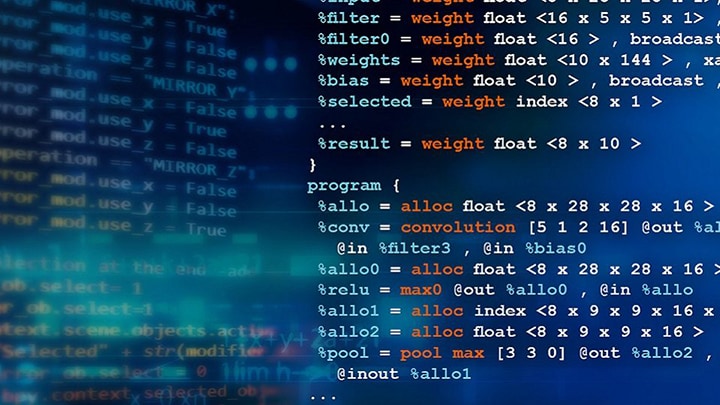Apple’s recent announcement that iOS 13 includes full support for
near field communications (NFC)
suddenly makes the infrastructure for NFC far more complete and widespread.
Now that just about anyone with a smartphone can read and write to NFC
connected tags, it’s time to start putting NFC to broader use in the
factory, the field and at home.
Read-only Versus Read/Write NFC Functionality
NFC functionality is added to a smartphone using an IC called an
NFC reader
. The NFC reader can be configured either as read-only or read/write. With
read-only functionality, the smartphone can only read data in from an NFC tag,
but with read/write functionality, the smartphone can both read data in from a
tag and also update the tag with new data.
The drawback has been that, for some time now, full read/write NFC
functionality has only been available on smartphones that use the Android
operating system. The Apple iOS supported NFC as a read-only function. Not
being able to predict which users would have Android smartphones once a
product left the controlled environment of a manufacturing plant created a
barrier to entry and slowed adoption for NFC in applications that make use of
full read/write NFC functionality.
In September 2019, Apple changed their approach to NFC and began supporting
full NFC operation with iOS 13. Now, any iPhone that runs iOS 13 can both read
and write to a variety of NFC tag types including NFC connected tags.
Connected NFC Tag ICs for Electronic Systems
Connected NFC tags
are chips that can be directly mounted onto the printed circuit board (PCB) of
an electronic unit, so as to embed the NFC tag functionality directly into the
unit. Connected NFC tags are the easiest and most cost-effective means of
adding an NFC interface to any electronic device so it can communicate with
NFC-enabled smartphones and tablets.
The NFC antenna is formed by traces on the PCB, so the only additional cost
beyond the NFC tag is the PCB space. Like other NFC tags, connected NFC tags
can be read and written without being directly supplied with power. The power
harvested from the NFC field is sufficient to support read/write operations.
5 New Ways to Use NFC Connected Tags with iOS 13 Devices
OEMs can add NFC tags to their products knowing that NFC is now supported by a
solid smartphone infrastructure and consumers can be confident they’ll
be able to use their smartphones to interact with any products they buy that
have NFC inside.
-
-
Production Efficiency
Interact with any tool, machine or motor on the production line using
the touchscreen on a smartphone or tablet. NFC connected tags can be
used to update configuration as products move through manufacturing and
the supply chain, for advanced logistics, while password protection and
AES encryption prevent unauthorized access to device data.
-
Parametrization and Diagnostics
Having an NFC connected tag in a device, technicians in the field can
set parameters, configure options, perform diagnostics, view error logs
and execute firmware updates—even if the device is unpowered.
-
Interactions with Tiny Sensors
A small, fully sealed and battery-less sensor unit with an NFC connected
tag onboard can communicate with a smartphone, sending data for use in
an onboard app or in the cloud. The sensor unit may not even need a
microcontroller because of the latest NTAG 5 family introduced by NXP.
-
Pre-personalization
Configure the device for use in a particular region or add personal
details before the product ships or leaves the store—even while
the device is unpowered and still in its package.
-
Extended User Interface
Use the large, interactive screen of a smartphone to read out data,
access manuals or copy settings from one device to another. The device
itself can do away with the screen and buttons for a lower production
cost and a smaller footprint. Password protection safeguards personal
information while minimizing the risk of hacking.
NXP Leads the Way
As the co-inventor for NFC and a leading supplier for NFC technologies, NXP
offers a complete portfolio of NFC tags. In addition to the well-known
standalone tag format, which can be attached to virtually any object, we offer
connected NFC tags, which are designed to be part of an electronic system.
NXP’s NTAG I2C plus family, now in its second generation,
makes it very easy to add tap-and-go connectivity to just about any electronic
device. All our connected NFC tags are supported by a full selection of
development kits and demo kits, so engineers can explore functionality, get
inspired and trigger their creativity.
To learn more about NXP’s connected NFC tags, visit
NXP’s NTAG I2C plus explorer kit.
Read on: “Unlocking the untapped potential of NFC with iOS 13 and NXP tag
solutions”




